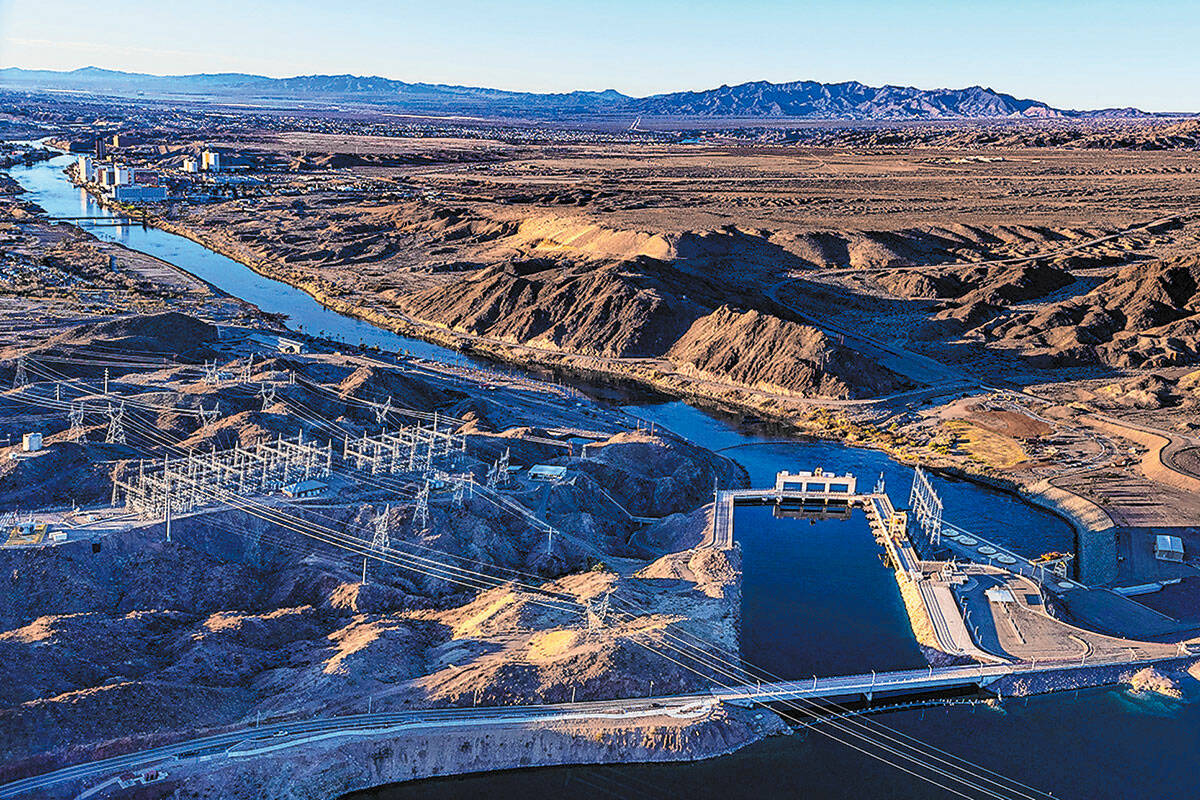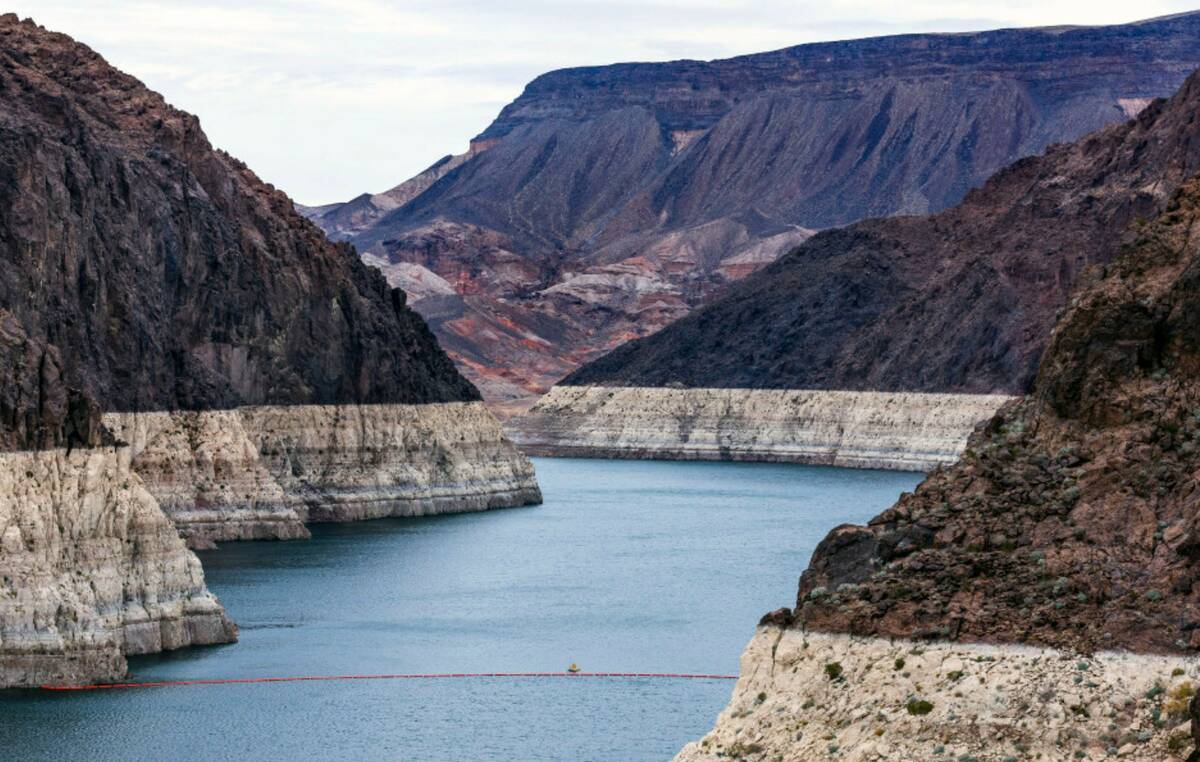Why water officials are gearing up for a rough 2024
In states dependent on the dwindling Colorado River, planning is key.
That’s what the Southern Nevada Water Authority does every year with the release of its Water Resource Plan, which serves as a yearly check-in for how conservation measures are faring amid low water availability. The authority’s board approved the plan at its January meeting.
The authority is a coalition of the region’s government entities in charge of securing water resources for the state in the long term. Such a task is further complicated by Nevada’s small allowance of Colorado River water and historic lows in Lake Mead, which supplies about 90 percent of the state’s water.
Last year’s weather offered a reprieve from Nevada’s extremely dry and hot climate, but the valley’s water managers are gearing up for a more intense 2024. Here’s what you should know:
Nevada is suffering a ‘Tier 1’ water shortage
Cuts to Nevada’s Colorado River allowance were downgraded in August, which means the state is in what’s known as a “Tier 1” shortage.
Of its 300,000 acre-feet allowance, Nevada can only use 279,000. Water use in the state, however, came to 188,000 acre-feet last year, or roughly 89 gallons per person per day, based on preliminary estimates.
Whether a Tier 2 shortage will be declared later will depend on this August’s two-year projection for Lake Mead.
The Colorado River and Lake Mead aren’t in for a good year
Most recent projections for Lake Mead don’t foretell a strong showing for 2024.
January’s Bureau of Reclamation two-year study places water levels just 4 feet above the reservoir’s historic low by the end of 2025. The Colorado River continues to face challenges due to climate change and drought, which are only expected to intensify with time.
This could spell bad news for the future of Southern Nevada’s water resources.
River negotiations will pick up before 2026
The current, interim 2007 guidelines for Colorado River allowances by state are set to expire in 2026. If the seven states can’t come to a consensus on water allowances by then, the federal government has said it will step in.
Nevada is afforded the smallest amount of Colorado River water at 300,000 acre-feet, compared with California’s 4.4 million. The Lower Basin states — Nevada, California and Arizona — have already begun the process of reducing water use.
Population growth in the valley isn’t slowing soon
To show how water demand will increase, the authority works alongside UNLV’s Center for Business and Economic Research to project how many people may move into its service area by 2070.
The latest numbers show that Clark County’s population will grow to 3.43 million, up from 2.37 million in 2024. More Nevadans means more demand for water, which the water authority is anticipating in planning conservation measures, authority spokesperson Bronson Mack said.
“In the early ‘90s, our population was just creeping up to a million,” Mack said. “We’re now at 2.3 million, and we have lower water use today than we did back then.”
Contact Alan Halaly at ahalaly@reviewjournal.com. Follow @AlanHalaly on X.


















